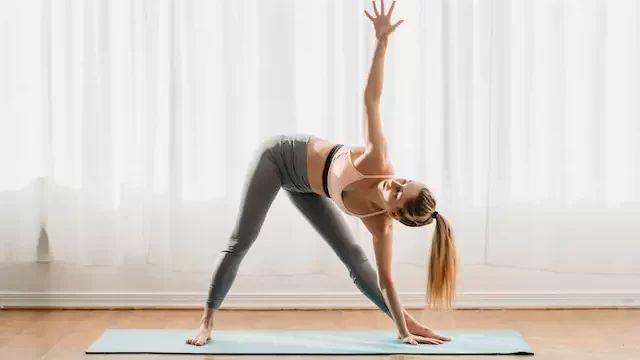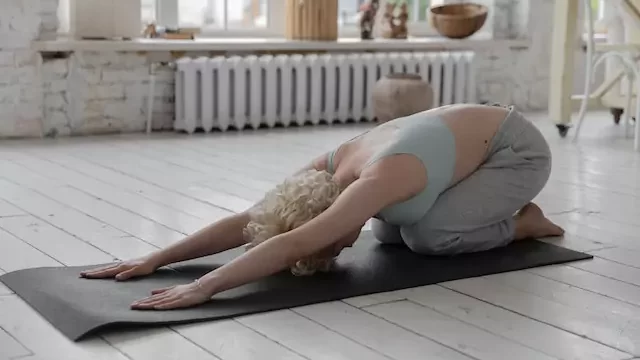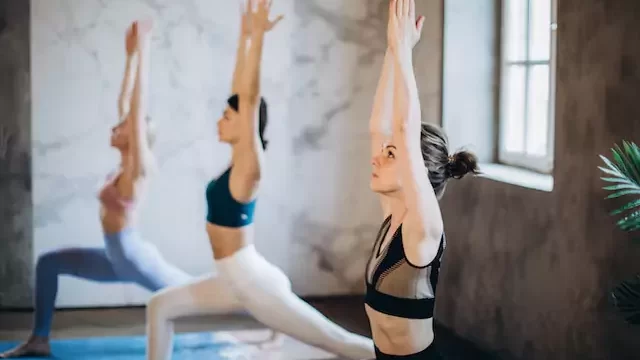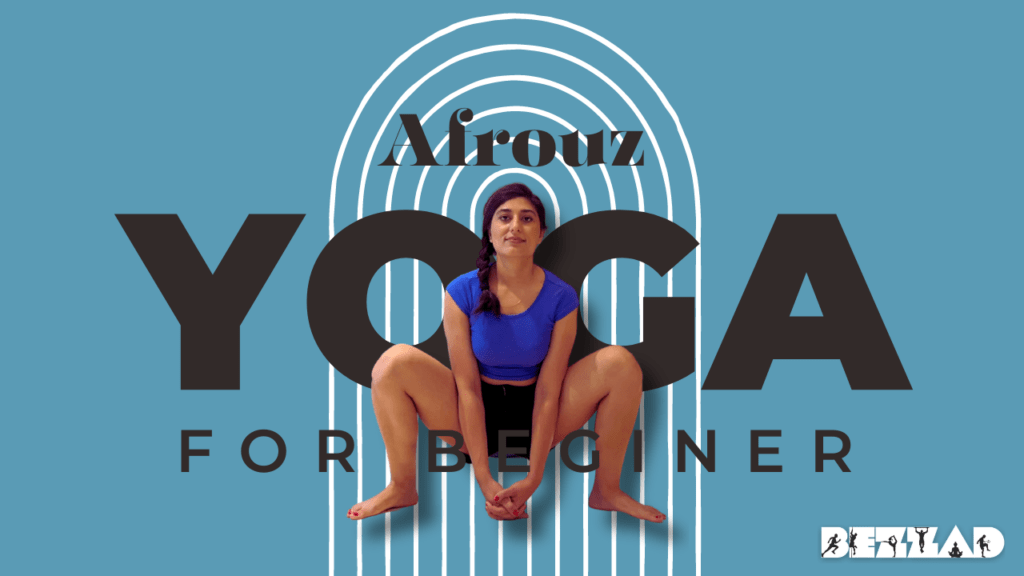
Start your day with a revitalizing yoga flow that will leave you feeling energized and centered. This beginner-friendly sequence targets key muscle groups to improve flexibility, balance, and overall well-being. Follow along with our expert instructor as you move through a series of gentle yet effective poses, all designed to set the tone for a productive and positive day.
Yoga is a physical, mental, and spiritual practice that originated in India over 5,000 years ago. It is a holistic approach to well-being that aims to unite the mind, body, and spirit. Yoga has been shown to have a wide range of benefits for physical and mental health, including improved flexibility, strength, balance, and mood.
Why Consider Yoga
If you’re looking for a low-impact exercise that can improve your overall health and well-being, yoga is a great option. Yoga is also a great way to relieve stress, anxiety, and improve sleep.
Kickstart Your Yoga Journey with 3 Simple Exercises
Yoga is a mind-body practice that has been around for centuries. It is a great way to improve your flexibility, strength, and overall well-being. There are many different yoga poses, each with its own benefits.
If you’re new to yoga, here are 3 simple exercises that you can do in just 6 minutes:
Vayunishkasana (Wind Removing Pose)
Vayunishkasana is a seated forward bend that helps to open the hips, groin, and spine. It also helps to improve circulation and digestion. To do vayunishkasana, start by sitting on the floor with your legs extended in front of you. Bend forward from your hips, reaching towards your toes. You can use a strap or towel to help you reach your toes. Hold the pose for 5-10 breaths.
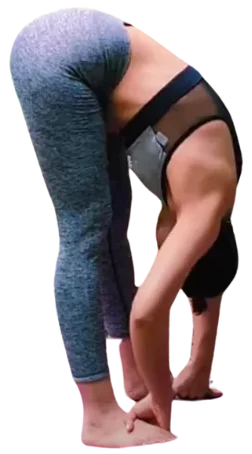
Benefits
- Improves flexibility in the hips, groin, and spine
- Improves circulation
- Improves digestion
- Relieves stress and anxiety
- Promotes relaxation
Prostasana (Supported Forward Fold)
Prostasana is a forward bend that helps to open the chest, shoulders, and hips. It also helps to improve balance and coordination. To do prosthasana, start by sitting on your heels with your toes pointed. Bend forward from your hips, reaching towards your toes. You can place your hands on the floor behind you, or you can place a block between your hands and your feet for support. Hold the pose for 5-10 breaths.
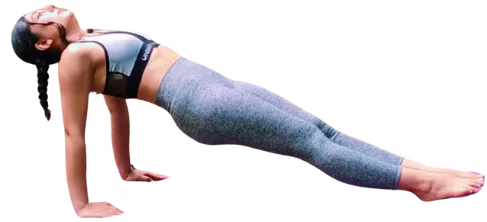
Benefits
- Improves flexibility in the chest, shoulders, and hips
- Improves balance and coordination
- Relaxes the mind and body
- Promotes a sense of peace and tranquility
Ardhapinchamayorasana (Half Bound Headstand Pose)
Ardhapinchamayorasana is a seated inversion that helps to improve circulation, relieve stress, and enhance concentration. To do ardhapinchamayorasana, start by sitting on the floor with your legs extended in front of you. Bend forward from your hips, reaching towards your toes. Place your hands on the floor behind you, with your fingers pointing towards your toes. Lift your hips off the floor and press your chest towards your thighs. Lift your head off the floor and look up at the ceiling. Hold the pose for 5-10 breaths.
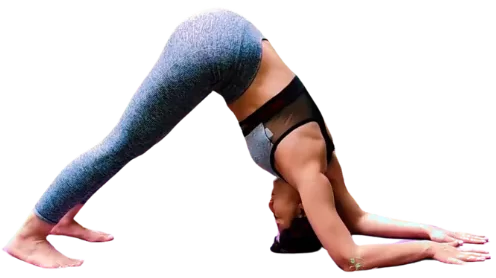
Benefits
- Improves circulation
- Relieves stress and anxiety
- Enhances concentration
- Strengthens the arms and core
- Improves flexibility in the shoulders, chest, and spine
Related: 12 Yoga Poses for Beginners
Tips
- If you are new to yoga, start with shorter holds and gradually increase the duration as you get stronger.
- Listen to your body and modify the poses as needed.
- Don’t be afraid to ask for help from a yoga instructor.
These are just a few of the many yoga poses that can help you improve your flexibility and strength. With regular practice, you can see significant results.
FAQs
What are the benefits of yoga?
Yoga has been shown to have a wide range of benefits, including:
- Improved flexibility
- Increased strength
- Enhanced balance
- Improved mood
- Reduced stress and anxiety
- Improved sleep quality
- Strengthens the core and spine
- Improves digestion
- Improves circulation
- Improves breathing
- Promotes relaxation and stress reduction
- Reduces pain and inflammation
- Can help with many chronic conditions, such as diabetes, high blood pressure, and heart disease
- Can help with mental health conditions, such as anxiety and depression
What equipment do I need to practice yoga?
You don’t need any special equipment to practice yoga, but you may want to invest in a yoga mat and a few props, such as blocks and straps, to help you with certain poses.
How often should I practice yoga?
The ideal frequency for yoga practice will vary depending on your individual goals and experience level. However, most experts recommend practicing yoga at least 2-3 times per week.
What is the best time of day to practice yoga?
There is no one-size-fits-all answer to this question, as the best time to practice yoga will vary depending on your individual preferences and schedule. However, many people find that they are more flexible and focused in the morning, so practicing yoga first thing in the morning can be a great way to start your day. Other people prefer to practice yoga in the evening to help them wind down and relax before bed.



